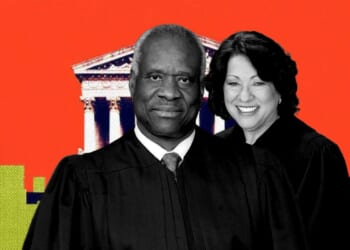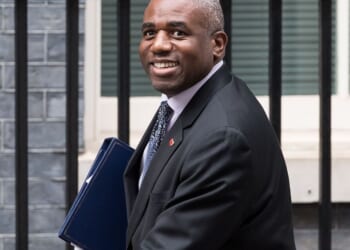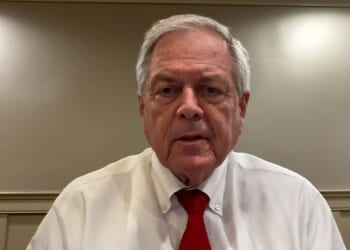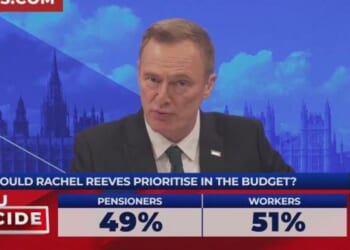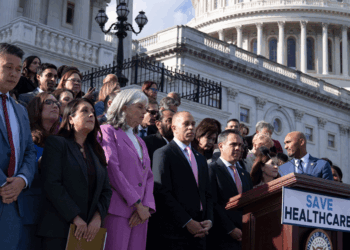

I recently posted to SSRN a draft of my new paper on “How Speech-Based Immigration Restrictions Threaten Academic Freedom.” It is forthcoming in Lee Bollinger and Geoffrey Stone, eds., Academic Freedom in the Era of Trump (Oxford University Press). I will likely make revisions before publication, and welcome comments, suggestions, and criticisms. Here is the abstract:
Since he returned to office in January 2025, President Donald Trump’s administration has engaged in a systematic effort to deport non-citizen university students and academics who express views inimical to those of the US government on a number of issues. Litigation over these attempted deportations has focused on First Amendment free speech issues. But speech-based deportations of students and academic university employees also threaten academic freedom. This chapter explains how and why.
Part I briefly summarizes the Trump Administration’s campaign of speech-based deportation of non-citizen students and academics. That campaign focuses primarily on students with anti-Israel and pro-Palestinian views regarding the ongoing war in Gaza. But its logic could just as easily justify targeting a wide range of other viewpoints.
Part II presents an overview of the idea of academic freedom. That principle is related to, but distinct from freedom of speech. In some respects, it is narrower than the latter. But academic freedom does nonetheless require faculty and researchers to be able to consider and express a wide range of viewpoints on the issues they work on, and to be free of sanctions for viewpoints they express outside of the context of their academic work. The same goes for students. Part III explains how speech-based deportations undermine the academic freedom of both non-citizens subject to deportation, and US-citizen scholars and students. The former effect is obvious. The latter is more indirect, but nonetheless large. Speech-based deportations of foreign students and academics chills the speech of their US-citizen colleagues and also deprives the latter of the opportunity for valuable interactions that could enhance their research, teaching, and learning. What is true of speech-based deportations is also true of speech-based exclusions of potential migrants even before they are allowed to set foot in the United States.
Finally, Part IV considers multiple possible rationales for speech-based deportations and exclusions. Ironically, some of these rationales—currently advanced by a right-wing administration—turn out to be similar to traditional left-wing rationales for restrictions on “hate speech.” Whether deployed by the right or the left, the rationales are badly flawed. If correct, they cannot logically be limited to suppressing speech by non-citizens. Bigoted or otherwise reprehensible speech by US citizens creates comparable or greater dangers.





